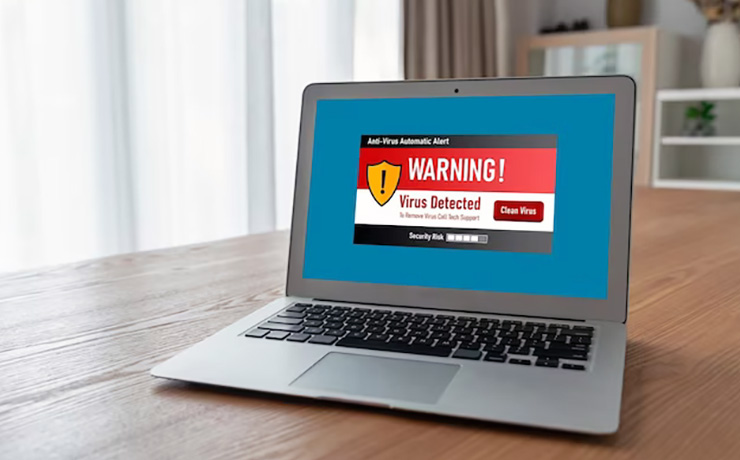Table of Contents
Macs can get viruses and malware. As Macs become more popular, hackers and rogue programmers see them as a more lucrative target now. Here are seven of the most popular viruses, malware and scams for Mac.
1. Browser hijackers
While browser hijackers are not viruses in the traditional sense where they copy and spread across your entire computer, they can be just as malicious. Typically, browser hijackers will adjust your browser settings without your permission. They’ll change things like your homepage and your default search engines to things like Bing, Yahoo and Search Baron to name a few. The reason browser hijackers change those settings are so they can track your search in web browsing history, including passwords.
How did a browser hijacker get on your Mac? Usually, they’re bundled with other suspicious software that you might have installed. The browser hijackers come under such names as Search Baron, Weknow Search or Search Marquis. There are many of them.
2. Trojan viruses
Trojans trick your Mac and its users into thinking it’s a legitimate program before wreaking havoc on your computer after it’s installed. Like a Trojan horse, they carry the unseen apps inside them which stay in the shade on your Mac.
The most popular Mac Trojan is arguably GravityRat. Once it’s on your computer, it uploads Microsoft Office files, takes random screenshots, and records your keystrokes. If you find yourself having to download apps on mass download sites or torrents, then you should definitely consider a Mac antivirus to help protect you.
3. FruitFly
FruitFly is malware that has stolen millions of pictures, tax records, and webcam images. But the scariest part about FruitFly can go undetected by most antivirus applications. So just because your antivirus is saying your Mac is safe doesn’t mean FruitFly isn’t on there. Apple also has done their best to patch up macOS. But it’s unknown if newer versions exist and are now sneaking around.
4. X-Agent
X-Agent was designed primarily to steal sensitive data like passwords, iPhone backups, and take screenshots of information it couldn’t transmit. It’s a highly sophisticated piece of malware. And it’s allegedly responsible for infamous attacks on TV stations, global organizations, and governments like the German Parliament and even the White House. It can get on your Mac by being bundled without legitimate applications. The most popular app was a downloader called Complex.
5. MacDownloader
While it might sound harmless, MacDownloader describes itself as an update for Adobe Flash and prompts users to enter their admin passwords. After they do, MacDownloader then has access to everything on their computer and will send files to a remote server.
Something to keep in mind is that Adobe no longer supports Flash. So if you’re being asked to update it, that means something funny is definitely going on.
6. KeyRanger ransomware
Ransomware gets on your computer to encrypt your data and prevent you from accessing it until the hackers pay a ransom. Typically in Bitcoin. KeyRanger works exactly in this way. And it gets access to your Mac because it’s bundled with an app called Transmission. So, when you install Transmission v. 2.90, you’re likely installing KeyRanger as well.
7. Phishing Emails
Have you received emails about suspicious logins to your Apple ID? This one is not from apple.com, but comes from a different address like apple-id-apple.com. Which is a scam domain. This is called a phishing email. And no, I don’t mean emails about your upcoming fishing trip. Phishing emails with a “ph” are emails that look like they’re coming from a legitimate source, but ask you to login or send sensitive information.
So that in turn, they can steal your passwords and gain access to all of your accounts. If you’re ever unsure about an email, check the sender’s email address. It should come from an address you recognize and not look randomized. Tip: Hover your pointer over the destination link and you can see the real address where it wants you to click.
For the most part, using a Mac is a fairly safe and malware-free experience. But no computer is safe 100% of the time. So knowing what to look out for keeps you ahead of the game.

